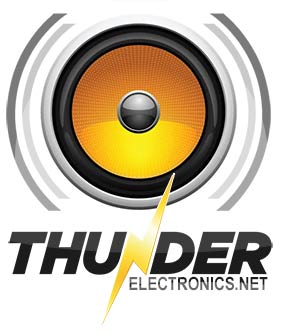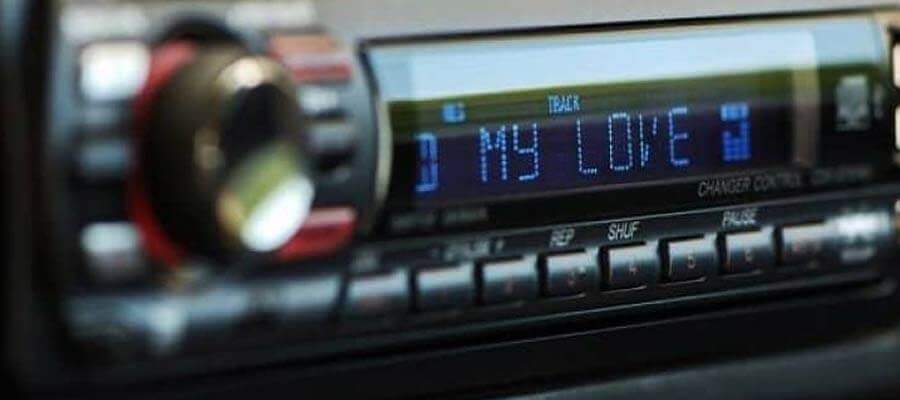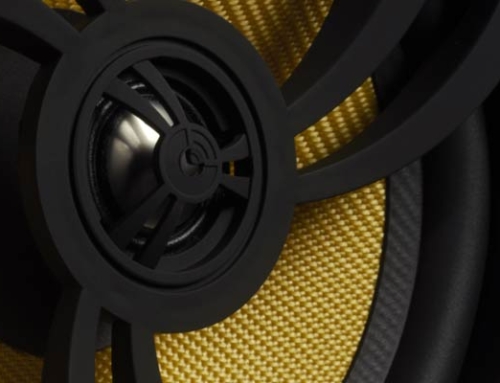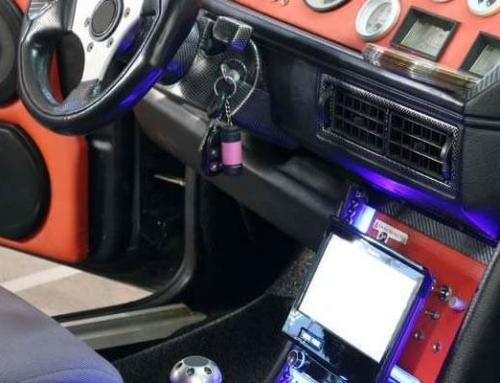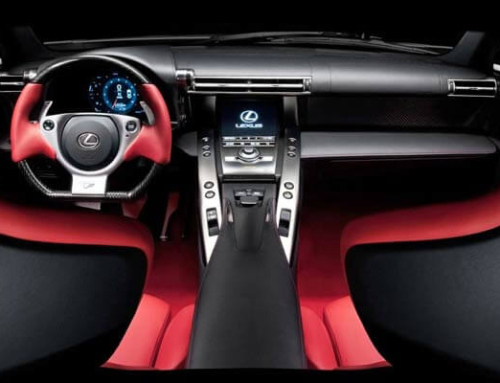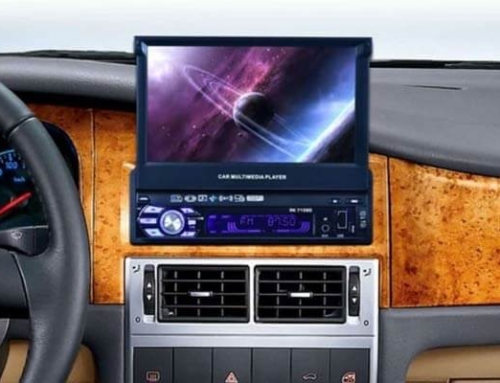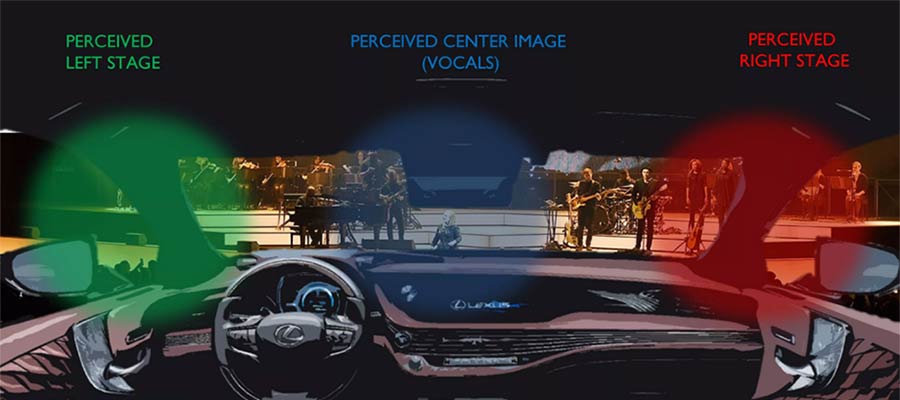
Although not easy, the answer to that is a resounding YES! I personally have owned several car stereo systems that rival many of the home stereo and soundbars you find at places like Best Buy. I have also listened to many excellent car audio systems, including the infamous SpeakerWorks ’87 Buick Grand National, owned by Richard Clark and Dave Navone. Getting good soundstage and imaging in a vehicle goes against what many car stereo stores and installers preach.
Before moving forward, we need to define the soundstage and imaging of a car stereo system! For starters, it is essential to point out that these are terms more often than not associated with an audiophile two-channel sound system. While multi-channel systems like Dolby or DTS can have excellent soundstage and imaging, those systems rely on multiple tracks and DSP to achieve such results! In the world of Audiophile, this is considered cheating, and when compared to a two-channel system, it is easy to detect processing inaccuracies.
What is Soundstage and Imaging?
What is “stage” in audio? In audio, stage or soundstage refers to the ability of the system to create an imaginary three-dimensional space that resembles that of a live performance. In a sound system with good imaging, the sound source appears not to come from the speakers. In turn, an imaginary sense of the width, depth, and height of the “sound stage” where the recording took place is present. The speakers need to have proper phase correlation to the listening position to achieve this, which is not easy to achieve.
So, what is imaging in audio? While soundstage refers to the ability of a system to reproduce the height, width, and depth where the performance is taking place, imaging defines the locations of the performers. In other words, imaging is the capability of a stereo sound system to accurately place the musical instruments within the sound stage.
Many factors affect how accurate your car stereo sound system can achieve a realistic soundstage and imaging. Speaker location and the distance between acoustic centers of your tweeter and midrange are the most important. One way to destroy the soundstage and imaging of a car stereo system is by mounting tweeter in the pillars or door panel.
In car audio competitions, you often find vehicles with kick panel speaker pods for this reason. Physically moving the speaker away from you allows you to improve the distance between your left and right channel and drastically improve the system’s imaging and soundstage.
It has become fashionable to employ DSP processing to achieve the proper time alignment and phase shift needed to reproduce good soundstage and imaging. However, this is not ideal because DSP can only control the sound a speaker makes more often than not. It has little or no control over its electromechanical properties, usually associated with phase-shifting at the crossover point and other anomalies affecting the system’s accuracy. You may be able to align a few milliseconds with a high-quality DSP processor, but they should not be used to auto EQ a system and things like that! Passive crossovers with impedance compensation, notch filters, and others are much more challenging to design and get right, but the way to go is, without a doubt!
